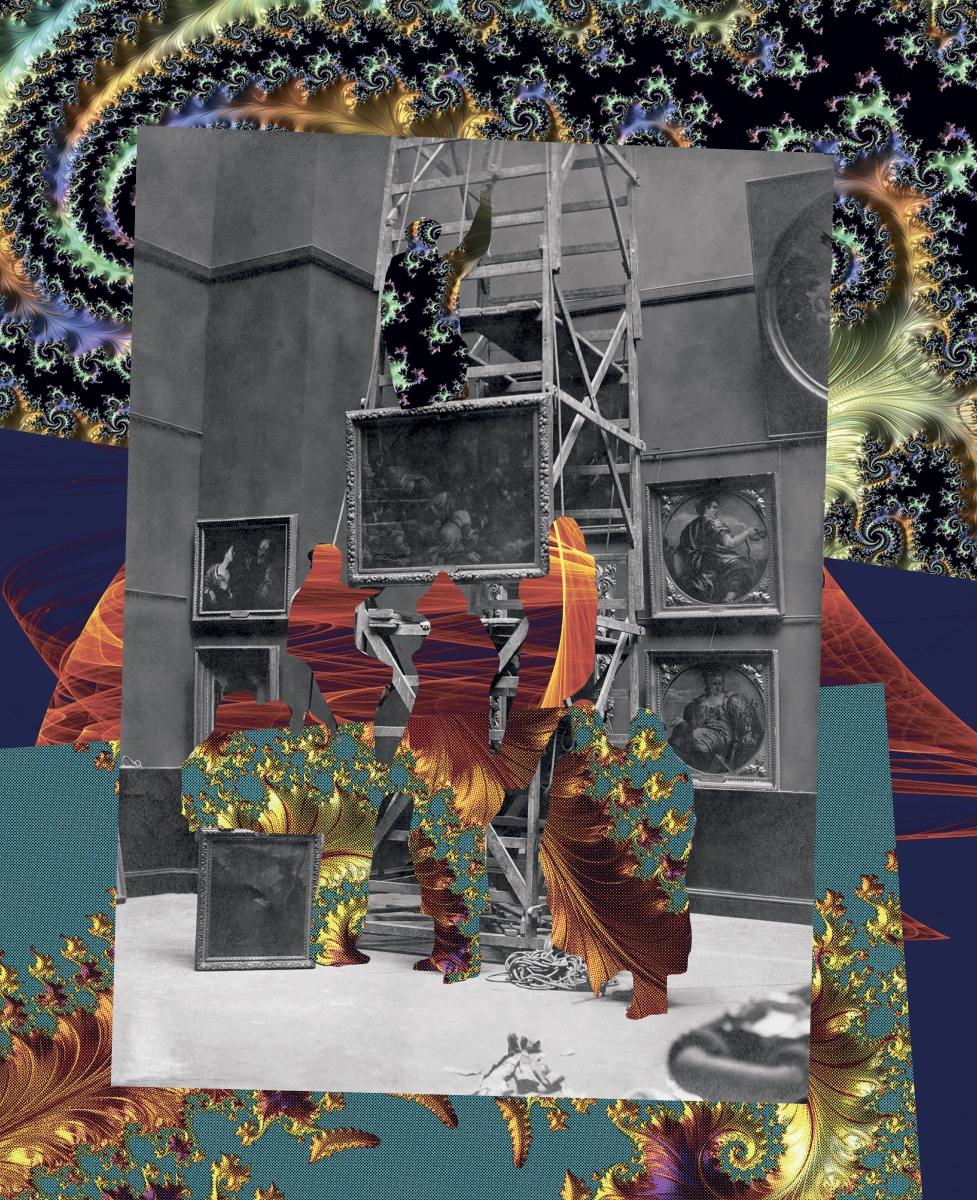An endangered species Dmitry Ozerkov on the end of the curators’ era

ASI. Vive le Curateur-1. 2020
|
Svetlana Gusarova: The number of taboos in the world is growing like a snowball; assuring equal participation in exhibitions for men and women, not hurting feelings of people who like cats. Do you feel this pressure?
Dmitry Ozerkov: Both yes and no. Of course, freedom has somewhat degraded, yet any curatorial statement is thematisation of rules. I think a smart project is always a statement about rules as such. For a long time, it seemed to me that censorship is the modern agenda, but it is the old one, if not to say the eternal. We may organise a men-only or women-only exhibition, which is a violation of rights in the West. I accept the given order of thing, and when I launch an exhibition in Italy, Germany, Russia, the first thing I do is evaluate the game rules, if they are tolerable for me as a curator.
Gusarova: Still, it is the exhibitions dealing with taboo topics that get the most feedback. And so it was with Chapmans, with Fabre.
Ozerkov: The Chapmans’ project (Jake and Dinos Chapman, The End of Fun – 2012)—is a valuable and holistic artistic statement, which, at the touch with our realities, created sparks. Before the exhibition we reflected upon what we want: to show good work and initiate a scandal, or give up showing good work and have nothing?
Gusarova: What should a modern curator be like?
Ozerkov: I suppose, curator is kind of a service job, situated between the artist, the art and the viewer. Their work should result in a gathering of these subjects. My view is that a curator should care about viewers first, not the artists. They mustn’t fall for artists, identify with them, go through their illnesses. A curator is like a waiter in a restaurant—they serve dishes from the kitchen.
Gusarova: How would you formulate your curatorial method?
Ozerkov: I’ve worked in Hermitage for 20 years, so I guess my creative style has been greatly shaped by the working place. It’s linking the old and the new, the conversation about time and eternity, reflections on ruins and their status, the correlation of human flesh and stone. I don’t think of myself as of an important curatorial figure who changes the course of history. I am a modest Hermitage worker.
Gusarova: How do you see the future of curators?
Ozerkov: As I’ve said, curator is exclusively a service function, a simple one. The problem is that it has become independent, self-important, and is neglecting everything else. It so happens that in charge of art there is the curatorial idea, which is then fitted with artists’ illustrations. The curatorial role is obvious: they are a politician, so they’ll make any promises to get to power. It isn’t very good for art on the whole, it hinders the process development, it leads to the point where an artist strives to get to the curator, to get to the auction, the exhibition, to finish the work quickly in order to meet the deadline. I hope that at a certain moment the time of curators will be over, and we’ll again get to other forms of the process. The curator will last a bit more. But not for long. In the same way, the institute of cicerone in Italy has fallen—it was them who knew the best spot in Colosseum to watch the moon. And then the guidebooks, the handbooks and the internet replaced them. Curator is a sort of cicerone; a beautiful, desperately staling function.




